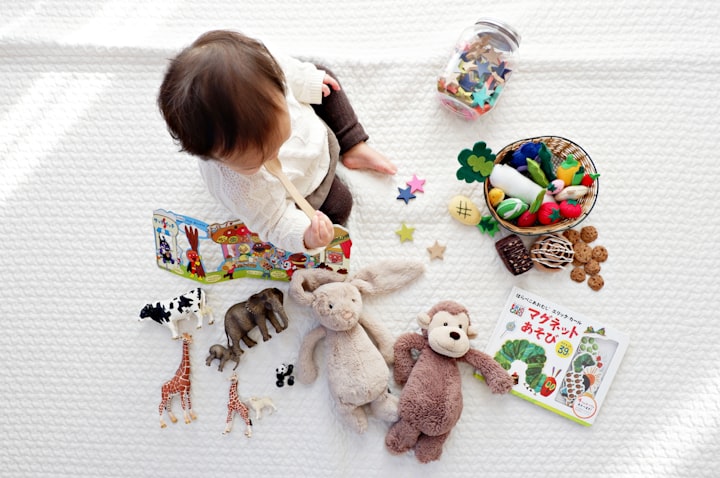5 Steps to Help Your Child Get Rid of the Fear of the Dark
Is your child afraid of the dark?

The fear of the dark usually appears around the age of 3, when children begin to have a richer imagination, but still do not have enough ability to distinguish reality from fantasy.
Some children may have this fear for no particular reason. In others, it happens after certain events - they heard a scary story, they watched a horror movie or they had a difficult experience, which triggered the given problem.
Fear is the emotion that signals to the brain that there is a danger, a threat, and therefore the body reacts through the instinct of self-defense. For this reason, the most common reactions of the child are: crying, screaming, trembling, heavy heartbeat, jerky breathing, etc.
Regardless of the source of this emotion, the role of the parent is to help the little one to overcome it. Here are some steps to take:
Listen to your baby
Try not to be sarcastic or deny your child's fantasies. Avoid remarks like, "There's nothing there, don't worry and go back to bed" or, worse, "If you don't fall asleep, the wolf will come and steal you." Such reactions could frighten the child even more and make him think that you do not understand him, and next time he will not share his feelings.
It is more helpful to ask your child to tell you what he or she is afraid of. Tell him you understand that in the dark it can be scary. Allow your child to talk about what scared them.
After listening to him, try to give him a logical explanation of the reasons for the fear. For example: "You seem to be scared because you can't see what's in the corner of the room, so you'd think it would be scary. I understand how you feel. I was afraid when I was in such a situation, but then I was convinced that there is nothing there ". Listening and showing empathy show that you take your child's fears seriously.
But under no circumstances should you try to explain your child's fears simply by looking under the bed, in the closet, etc. saying there's nothing there. This highlights the dreaded object and may worsen the problem.
Read a therapeutic story
Use a therapeutic story written or recommended by psychotherapists (I wrote about their effect here). There are therapeutic stories that will help your child overcome his fear of the dark. Unlike the stories we are used to, which have an explicit moralizing message, the therapeutic story addresses intuition and acts emotionally.
You can also watch a cartoon like "Daniel the Tiger". This animation will help the child to understand, through the characters, that he should not be afraid of the dark.
Another way is to encourage the child to invent a story about a character who looks like him and who defeats a monster hidden under the bed. You can even suggest that they make drawings that illustrate the heroic act of the winning child.
Keep a light source in the room
Put fun light sources in your child's room. They can be in the form of people or animals that glow at night. There are also shiny balls that your little one can wear when walking around the room. You can also opt for bright figurines that project different images on the ceiling (stars, ocean, etc.).
However, too much light can affect the sleep cycle, so choose low-intensity light sources. And, of course, you need to consult with your child about where to place the light source.
Tell the child about shadows
Night lights can create shadows, which can increase a child's fears. Sit in the crib and find out together where the shadows appear and the source of their appearance. Remove objects (clothing, toys, hats) together that cause scary shadows.
Explain to the child how the shadow is formed: "Look, your doll was making that shadow on the wall. We move the doll to the closet and the shadow will disappear. "
One way to make children understand how shadows work is to play with them. Make puppet shows with shadows or figurines with your hands. Teach children how to manipulate their hands to project different animals on the wall. All you need is a flashlight.
Check the little one during sleep
The fear of the dark is sometimes combined with the fear of loneliness. Checking your child from time to time will reassure him that he is under your supervision. That way, he'll fall asleep faster.
And last but not least, the headline made you read this article. Any victory must be encouraged. To overcome his fears, the child makes a considerable effort. Appreciate him for his courage.





Comments
There are no comments for this story
Be the first to respond and start the conversation.